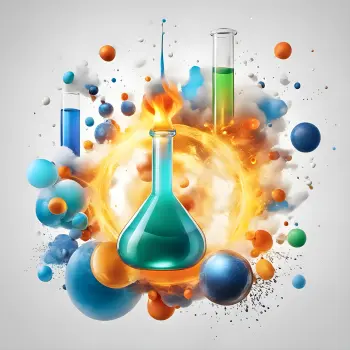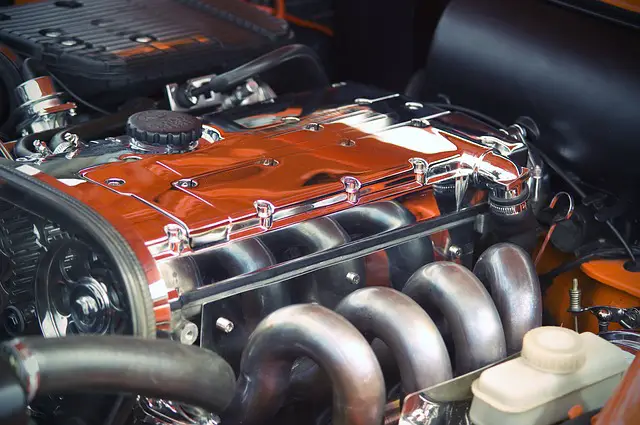
Activation energy is a fundamental concept in chemistry and chemical kinetics that plays a crucial role in understanding chemical reactions. This concept allows us to understand why some reactions occur quickly while others are much slower.
What is activation energy?
Activation energy (Ea) is the minimum amount of energy that must be provided to reactant molecules or particles so that they can react and become chemicals.
In other words, it represents the energy barrier that must be overcome for a chemical reaction to occur. This barrier is due to the need to break chemical bonds in the reactant molecules before new bonds can form in the products.
Activation energy diagram

In a typical activation energy diagram, the vertical axis represents the potential energy, while the horizontal axis represents the progression of the reaction from reactants to products.
Factors affecting activation energy
The activation energy is not constant and can vary depending on various factors, such as temperature, concentration of reactants, presence of catalysts, and the nature of the chemicals involved.
Temperature
As the temperature increases, the average speed of the molecules also increases, increasing the probability that the molecules will collide with sufficient kinetic energy to overcome the activation energy barrier.
Therefore, reactions tend to be faster at higher temperatures.
Reactant concentration
At a higher concentration of reactants, the frequency of collisions between molecules increases, which can increase the probability that the collisions have the energy necessary to overcome the activation energy barrier.
Catalysts
Catalysts are substances that speed up chemical reactions by providing an alternative reaction route with a lower activation energy. Catalysts are not consumed in the reaction and can facilitate the formation of products more quickly.
Examples of applications in everyday life
Activation energy is a fundamental concept in everyday life and in numerous industrial processes.
 Some examples include:
Some examples include:
- Digestion : Enzymes in our digestive system act as catalysts to accelerate the breakdown of food into nutrients usable by the body.
- Combustion : Activation energy is exceeded during the combustion of fossil fuels, releasing energy in the form of heat and allowing the generation of electrical energy and the propulsion of vehicles.
- Chemical synthesis : In the manufacturing of chemicals and pharmaceuticals, chemists can adjust reaction conditions and use catalysts to control activation energy and obtain desired products efficiently.
- Food : In the food industry, activation energy is relevant for processes such as cooking, fermentation and pasteurization. These processes are carried out at specific temperatures and conditions to ensure food safety and product quality.
- Automotive : In internal combustion engines, the activation energy is related to the ignition of the air-fuel mixture. The ignition spark supplies the initial energy necessary to initiate combustion and release mechanical energy that propels the vehicle.
- Environment : Understanding activation energy is also important in contaminant degradation and environmental remediation. Oxidation and decomposition processes of toxic compounds often require the addition of activation energy to accelerate degradation and remove contaminants.